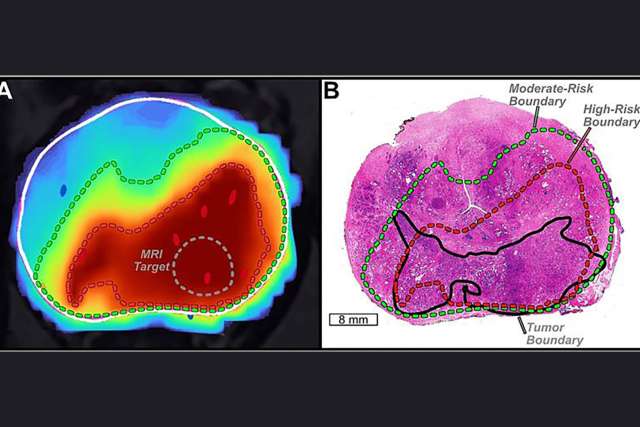FINDINGS
A study by UCLA researchers has found that the National Comprehensive Cancer Network’s guidelines for doctors treating people with three or more brain metastases — cancer cells that have spread from a primary tumor located in a different part of the body — are inconsistent and should be updated.
They also found that there is not enough data to determine which of the two main approaches for treating people that have between three and 10 brain metastases — stereotactic radiosurgery and whole brain radiotherapy — is more effective, although more doctors in an international survey said that stereotactic radiosurgery is their preferred treatment method.
BACKGROUND
Every year approximately 100,000 people in the United States are diagnosed with brain metastases. The risk for metastatic brain tumors depends on the type of cancer people have and how advanced their cancer is when it is first diagnosed. Brain metastases are becoming a more common problem because people with cancer are living longer thanks to improved treatments, giving cancer more time to spread to other parts of the body.
Stereotactic radiosurgery is radiation therapy that precisely targets small brain tumors without damaging healthy tissue. Whole brain radiotherapy involves radiating the entire brain but can cause serious side effects such as decreased cognitive function.
METHOD
The researchers sent an email survey with questions about patient scenarios and treatment options to more than 5,000 radiation oncologists around the world, and 711 responded.
IMPACT
The study determined that whether people received stereotactic radiosurgery or whole brain radiotherapy depended largely upon the institution where they were treated. The authors also determined that further research is needed to determine which treatment method is most beneficial for patients, depending on the number of metastases, they have and once that is known, new guidelines should be written and more visible outreach efforts are needed to inform oncologists about the updated recommendations.
AUTHORS
The study was led by Dr. Percy Lee, director of UCLA’s Stereotactic Body Radiation Therapy program. Co-author Dr. Michael Steinberg is a UCLA professor of radiation oncology at the David Geffen School of Medicine at UCLA. Dr. Kiri Sandler and Dr. Narek Shaverdian, co-lead authors, are resident physicians in radiation oncology at UCLA. Co-authors are Dr. Isaac Yang, assistant professor of neurosurgery, Dr. Christopher King, professor of radiation oncology and Dr. Amar Kishan, chief resident in radiation oncology, all of UCLA. Lee, Steinberg, Yang and King are also members of UCLA’s Jonsson Comprehensive Cancer Center.
JOURNAL
The study was published online by the journal Cancer.




